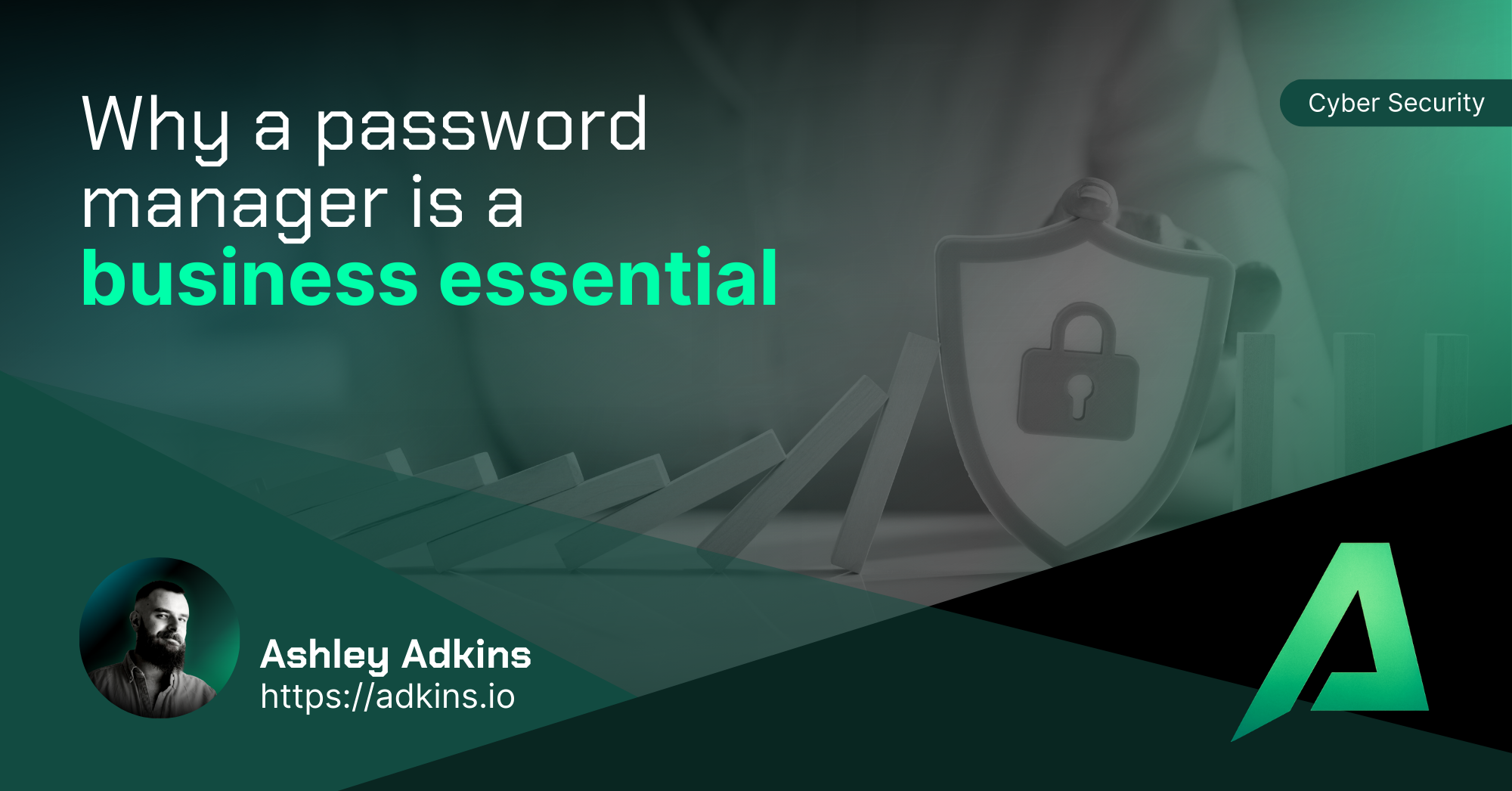Why a Password Manager Is a Business Essential in 2025

Picture a normal Monday. You’ve barely started your tea when Janet/John in accounts can’t get into the invoicing system. “It’s the usual one,” she says, which (of course) it isn’t. Twenty minutes later someone finds a sticky note, someone else finds an ancient spreadsheet called “logins-final-final.xlsx,” and the day has already started leaking time.
That’s the reality in most small businesses. Passwords aren’t “IT problems,” they’re productivity problems, security problems, and occasionally reputation problems. And they’re still the keys to everything.
Here’s the bit no one likes to admit: most people reuse passwords. More than six in ten do it, according to Norton’s round-up of global studies, and only 12% of people consistently use unique passwords for each site (Norton password statistics). If you reuse one at work and that same password leaks from a random shopping site, attackers don’t need to “hack” you, they just log in.
UK guidance is refreshingly clear on this. The National Cyber Security Centre says password managers are a good thing: they store passwords safely, generate strong ones, autofill them for you, and can warn you if a password appears in a breach (NCSC guidance on password managers). In other words: stronger security, less faff.
“But won’t a password manager be complicated?”
No. Think of it like a locked notebook only you can open. Everything inside is encrypted, so even the company that makes the app can’t read your vault. You pick one very strong master password (and switch on multi-factor authentication), and the manager does the boring bits: it creates unique, ridiculous-looking passwords for every site and remembers them. When you land on a login page, it fills in the right details. Done.
Used properly, this one change kills most of the reasons people recycle weak passwords. And it fixes a surprisingly expensive time sink too.
The quiet cost of password chaos
We don’t notice it because it’s dripped across the week, but password resets add up. Gartner once put around 40% of help-desk calls down to password resets and changes; Forrester estimated about $70 per reset when you include lost time as well as IT effort.
Even at small scale, that’s hundreds of pounds a month in pure friction. Zoom out and the average employee can lose up to 11 hours a year just entering or resetting passwords. That’s one and a half working days doing… passwords.
People who don’t use a password manager are three times more likely to experience identity theft, according to research cited in the Norton report above. So you pay in time now and risk in pain later.
A quick story (because this is how it actually happens)
A client (let’s call them Green & Co.) had one shared login for a supplier portal. It lived in four places: someone’s head, a WhatsApp message, a spreadsheet, and a browser “remembered password.” One day the supplier enforced a password change. Half the team could still sign in (browser cache), half couldn’t (wrong note) and one person reset it “to be helpful,” which locked everybody else out. Orders were delayed; a customer got annoyed; someone printed a new sticky note.
I rolled out a password manager with shared vaults the next week. Now the right people have access, it autofills, no one can view the actual password unless they’re meant to, and if a person leaves, access is revoked with a click. The number of “can’t log in” tickets went very quiet, very quickly.
“Okay, sold. How do we do this without staff mutiny?”
Start small and explain why. No doom, just the simple truth: unique passwords stop attackers reusing leaked credentials; the manager makes it easier than the old way and yes, it’s faster. Show people once, how to log in, save a password and let autofill do the work, most will never look back.
Pick a couple of internal champions. Let them play first and answer questions in normal human language. Bake the manager into your IT policy so it’s the default, not an optional extra and set MFA on the manager itself, it’s your “double lock.”
(If you want a quick guide, I’ve made you one 👇)
“Which password manager should we use?”
It depends on your team and tools, but prioritise a business plan (not just a personal one), proper admin controls (so you can assign access without oversharing), secure sharing (so logins are shared inside the manager, not by email or chat) and MFA support. The NCSC page above lays out the advantages in plain English, and most vendors offer a free trial so you can see what fits your workflow.
If you want names to evaluate alongside your stack, ping me and I’ll recommend a shortlist based on what you already use. The goal isn’t to shove you into a product; it’s to make the pain vanish.
The psychology bit (light touch, promise)
- Default to easy
Autofill turns the secure thing into the convenient thing, which means people actually do it. - Loss aversion
It’s easier to prevent a breach than explain one. “We didn’t lose anything” will never trend, but it’s the best result. - Future-you framing
Picture the next time someone leaves. Instead of guessing what they knew, you just revoke access and carry on. Clean. Calm.
What “good” looks like a month from now
Logins just… work. New starters get the apps they need without back-and-forth. No one asks for the Netflix-style “what’s the password again?” message for business tools. Your access list actually reflects reality and if a site you use appears in a breach, your password manager taps you on the shoulder and rotates the password for that one site only. The drama never arrives.
Handy sources to point the sceptics at
- NCSC on password managers (the UK government’s cyber people):
https://www.ncsc.gov.uk/collection/top-tips-for-staying-secure-online/password-managers - Norton’s compilation of password behaviour stats (with original sources linked):
https://us.norton.com/blog/privacy/password-statistics - Specops summary of Gartner/Forrester help-desk and reset costs:
https://specopssoft.com/blog/save-money-self-service-password-resets/ - The National on the “11 hours a year” time drain (Yubico study):
https://www.thenationalnews.com/business/up-to-11-hours-spent-every-year-resetting-passwords-1.819620 - CISA’s plain-English nudge to use a manager:
https://www.cisa.gov/resources-tools/resources/use-password-manager-create-and-remember-strong-passwords
Want the easy button?
I can help you pick the right manager, set sensible access, migrate saved logins, and coach the team so it sticks, without turning your week upside-down.
If future-you could send a message back in time, it’d probably say: “Please just sort passwords.” This is the calm, grown-up way to do it.
Ashley Adkins, Founder @ Adkinsio | Helping Business Work Smarter

